Home>Furniture & Design>Interior Design Trends>How To Tell If It’s Uranium Glass
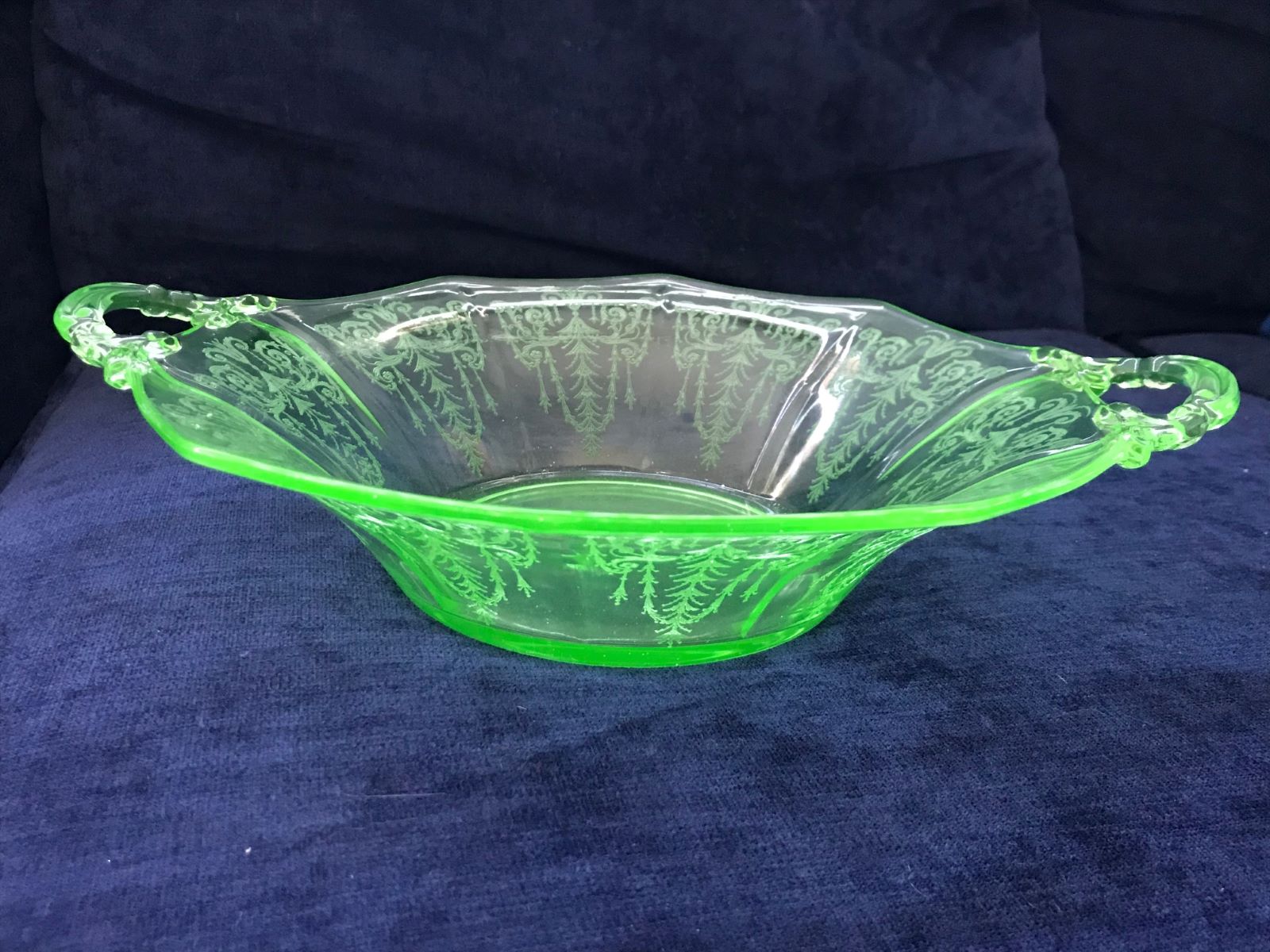

Interior Design Trends
How To Tell If It’s Uranium Glass
Modified: April 21, 2024
Learn how to identify uranium glass and incorporate it into your interior design with our expert tips. Stay on top of the latest interior design trends!
(Many of the links in this article redirect to a specific reviewed product. Your purchase of these products through affiliate links helps to generate commission for Storables.com, at no extra cost. Learn more)
What is Uranium Glass?
Uranium glass, also known as Vaseline glass, is a type of glass that contains uranium oxide. This unique glass gained popularity in the 19th century and is prized for its distinctive fluorescent glow under ultraviolet light. The uranium content in the glass gives it a yellow or green tint, and when exposed to UV light, it emits a vibrant green glow, making it a fascinating and sought-after collectible.
The use of uranium in glass production dates back to the 1830s, and it was commonly used to create decorative glassware, tableware, and even jewelry. The addition of uranium oxide to the glass mixture not only imparted a distinct color but also resulted in the intriguing property of fluorescence, which continues to captivate collectors and enthusiasts to this day.
Uranium glass can vary in color, ranging from pale yellow to rich green, depending on the concentration of uranium used in the manufacturing process. The vibrant hues and the mesmerizing glow under UV light make uranium glass a unique and visually striking addition to any collection.
Due to its historical significance and distinctive characteristics, uranium glass has become a prized collector's item, with enthusiasts and historians alike valuing its beauty and the craftsmanship behind its creation. Whether displayed as a standalone piece or used for its intended purpose, uranium glass continues to intrigue and delight individuals with an appreciation for vintage glassware and decorative arts.
The allure of uranium glass lies not only in its aesthetic appeal but also in its historical and scientific significance. As a tangible link to the past, uranium glass serves as a reminder of the ingenuity and creativity of artisans who experimented with materials to produce objects of beauty and utility.
In the next sections, we will explore how to identify uranium glass, including the use of a black light and other methods to distinguish this unique glass from its non-radioactive counterparts. Understanding the distinct characteristics of uranium glass is essential for collectors and enthusiasts who seek to appreciate and preserve these remarkable pieces of history.
Key Takeaways:
- Uranium glass, also known as Vaseline glass, glows green under UV light due to its uranium content. Collectors can identify it by its color, fluorescence, and historical production methods.
- Using a black light is a fun and practical way to confirm if a piece of glass contains uranium. The vibrant green glow under UV light distinguishes uranium glass from non-radioactive glassware.
Read more: How To Tell If Green Glass Is Uranium
How to Identify Uranium Glass
Identifying uranium glass involves recognizing its distinct characteristics, including its color, fluorescence, and production methods. Here are the key factors to consider when determining if a piece of glass contains uranium:
-
Color: Uranium glass typically exhibits a yellow or green tint, which can range from subtle to intense, depending on the uranium concentration. When examining a piece of glass, observe its color under natural light to detect any hints of yellow or green hues. However, it's important to note that the color alone may not conclusively indicate the presence of uranium, as other non-radioactive glass can also display similar shades.
-
Fluorescence: One of the most definitive methods for identifying uranium glass is through its fluorescence under ultraviolet (UV) light. When exposed to a black light, uranium glass emits a striking green glow, a phenomenon that distinguishes it from other types of glass. This distinctive fluorescence is a result of the uranium content in the glass, making it a reliable indicator of its radioactive nature.
-
Production Methods: Understanding the historical context and production techniques can also aid in identifying uranium glass. Pieces manufactured during the peak of uranium glass production in the late 19th and early 20th centuries are more likely to contain uranium. Additionally, certain manufacturers, such as Fenton, Cambridge, and Depression glass producers, are known for creating uranium glass items, providing valuable clues for identification.
-
UV Light Test: Using a black light or UV lamp is a practical and effective method for confirming the presence of uranium in glass. When subjected to UV light, uranium glass will emit a distinct green fluorescence, setting it apart from non-uranium glass. This straightforward test is a reliable way to verify the radioactive properties of uranium glass and can be performed with ease, making it accessible to collectors and enthusiasts.
By considering these factors and employing the use of a black light, individuals can confidently identify uranium glass and distinguish it from non-radioactive glassware. The combination of visual inspection, fluorescence testing, and historical knowledge enables collectors and enthusiasts to appreciate the unique qualities of uranium glass and ensure its proper recognition within the realm of vintage glass collectibles.
Using a Black Light to Identify Uranium Glass
Utilizing a black light or ultraviolet (UV) lamp is a fundamental and practical method for identifying uranium glass due to its distinctive fluorescence. When subjected to UV light, uranium glass emits a mesmerizing green glow, a characteristic phenomenon that sets it apart from non-radioactive glassware. This straightforward yet effective test provides a reliable means of confirming the presence of uranium in glass items, offering collectors and enthusiasts a tangible way to distinguish uranium glass from its non-radioactive counterparts.
To conduct the black light test, simply expose the glass object to a UV light source in a darkened environment. Upon illumination, uranium glass will exhibit a vibrant green fluorescence, creating a visually striking display that showcases its unique radioactive properties. The intensity of the green glow may vary depending on factors such as the uranium concentration and the specific composition of the glass, adding an element of intrigue to the identification process.
The use of a black light not only serves as a practical tool for identifying uranium glass but also enhances the overall experience of appreciating these remarkable pieces of history. The captivating transformation of the glass's appearance under UV light underscores the distinctiveness of uranium glass and reinforces its allure as a collectible and decorative art form.
Collectors and enthusiasts can incorporate the black light test into their exploration of vintage glassware, allowing them to confidently discern uranium glass from other types of glass based on its unmistakable fluorescence. This method empowers individuals to engage with uranium glass in a hands-on manner, deepening their understanding of its unique properties and historical significance.
By harnessing the illuminating power of a black light, collectors and enthusiasts can unlock the captivating secret of uranium glass, unveiling its radiant green glow and confirming its radioactive nature. This tangible demonstration of uranium glass's fluorescence under UV light not only facilitates its identification but also adds a sense of wonder and discovery to the process of exploring and preserving these extraordinary pieces of glass artistry.
Incorporating the black light test into the identification of uranium glass underscores the intersection of science, history, and aesthetics, offering a compelling way to appreciate and safeguard these captivating artifacts for generations to come.
Hold a black light up to the glass – if it glows green, it’s likely uranium glass. Be cautious and avoid prolonged exposure.
Other Methods for Identifying Uranium Glass
In addition to utilizing a black light to identify uranium glass, there are alternative methods that can aid in the recognition of this unique and captivating glassware. These supplementary approaches provide additional avenues for collectors and enthusiasts to confidently distinguish uranium glass from non-radioactive counterparts, further enhancing their understanding and appreciation of these remarkable pieces.
One method involves the use of a Geiger counter, a device designed to detect ionizing radiation. When brought into proximity with uranium glass, the Geiger counter can register the presence of radioactive emissions, providing a scientific confirmation of the glass's uranium content. This method offers a quantitative and technical means of identifying uranium glass, complementing the visual and fluorescence-based approaches with empirical data.
Another technique for identifying uranium glass involves the examination of its base or foot. Some uranium glass items may exhibit a characteristic UV-reactive ring or discoloration on the base, which becomes apparent when subjected to UV light. This distinctive feature serves as a visual indicator of the glass's uranium content and can aid in the identification process, particularly for pieces where the fluorescence may not be immediately evident.
Furthermore, consulting specialized reference materials, such as collector's guides, historical documentation, and manufacturer catalogs, can provide valuable insights into the production and characteristics of uranium glass. By leveraging these resources, collectors and enthusiasts can gain a deeper understanding of the specific attributes and identifying markers associated with uranium glass from different time periods and manufacturers, facilitating informed assessments of glassware.
Additionally, seeking the expertise of experienced appraisers, antique dealers, or glassware specialists can offer valuable guidance in identifying uranium glass. Their knowledge and discerning eye can provide nuanced observations and context-specific details that contribute to the accurate recognition of uranium glass items, particularly in instances where subtle variations or unique manufacturing techniques are involved.
By integrating these alternative methods into the identification process, collectors and enthusiasts can enrich their exploration of uranium glass, gaining a comprehensive understanding of its distinctive properties and historical significance. These complementary approaches, combined with the use of a black light, contribute to a multifaceted and informed approach to identifying uranium glass, ensuring its proper recognition within the realm of vintage glass collectibles.
Safety Precautions for Handling Uranium Glass
When handling uranium glass, it is essential to prioritize safety and take appropriate precautions to minimize potential risks associated with its radioactive properties. While uranium glass is generally considered safe for practical use and display, it is important to exercise care and awareness to ensure the well-being of individuals interacting with these unique glass items.
First and foremost, it is advisable to limit direct and prolonged contact with uranium glass, particularly for items that show signs of wear, damage, or deterioration. This precaution helps minimize the potential for exposure to any radioactive particles that may be present on the glass surface. When handling uranium glassware, it is recommended to do so with clean hands and to avoid contact with the mouth or face, reducing the likelihood of unintentional ingestion or inhalation of any minute particles that may be present.
Furthermore, storing uranium glass in well-ventilated areas and avoiding confined or poorly ventilated spaces can contribute to a safer environment for both the glassware and individuals. Adequate ventilation helps disperse any potential emissions from the uranium glass, minimizing the concentration of radioactive particles in the immediate vicinity. Additionally, storing uranium glass items away from areas where food preparation or consumption occurs can help mitigate any concerns related to incidental contact or exposure.
In the context of cleaning and maintenance, it is advisable to handle uranium glass items with care and to use gentle cleaning methods to minimize the generation of dust or particles. When dusting or cleaning uranium glass, employing soft, damp cloths or microfiber materials can help capture and contain any loose particles, reducing the likelihood of dispersion into the surrounding environment. It is important to avoid abrasive cleaning techniques that may create airborne particles or cause damage to the glass surface.
In situations where uranium glass items exhibit signs of damage or deterioration, such as chipping, cracking, or flaking, it is prudent to seek professional guidance from experienced conservators or restoration specialists. These professionals possess the expertise and resources to assess and address any concerns related to the condition of uranium glass, ensuring that appropriate measures are taken to mitigate potential risks while preserving the integrity of the glassware.
By adhering to these safety precautions and maintaining a mindful approach to handling and caring for uranium glass, individuals can continue to appreciate and enjoy these captivating pieces while prioritizing safety and well-being. These measures contribute to a responsible and informed approach to interacting with uranium glass, fostering a harmonious balance between preservation, enjoyment, and safety within the realm of vintage glass collectibles.
Frequently Asked Questions about How To Tell If It's Uranium Glass
Was this page helpful?
At Storables.com, we guarantee accurate and reliable information. Our content, validated by Expert Board Contributors, is crafted following stringent Editorial Policies. We're committed to providing you with well-researched, expert-backed insights for all your informational needs.
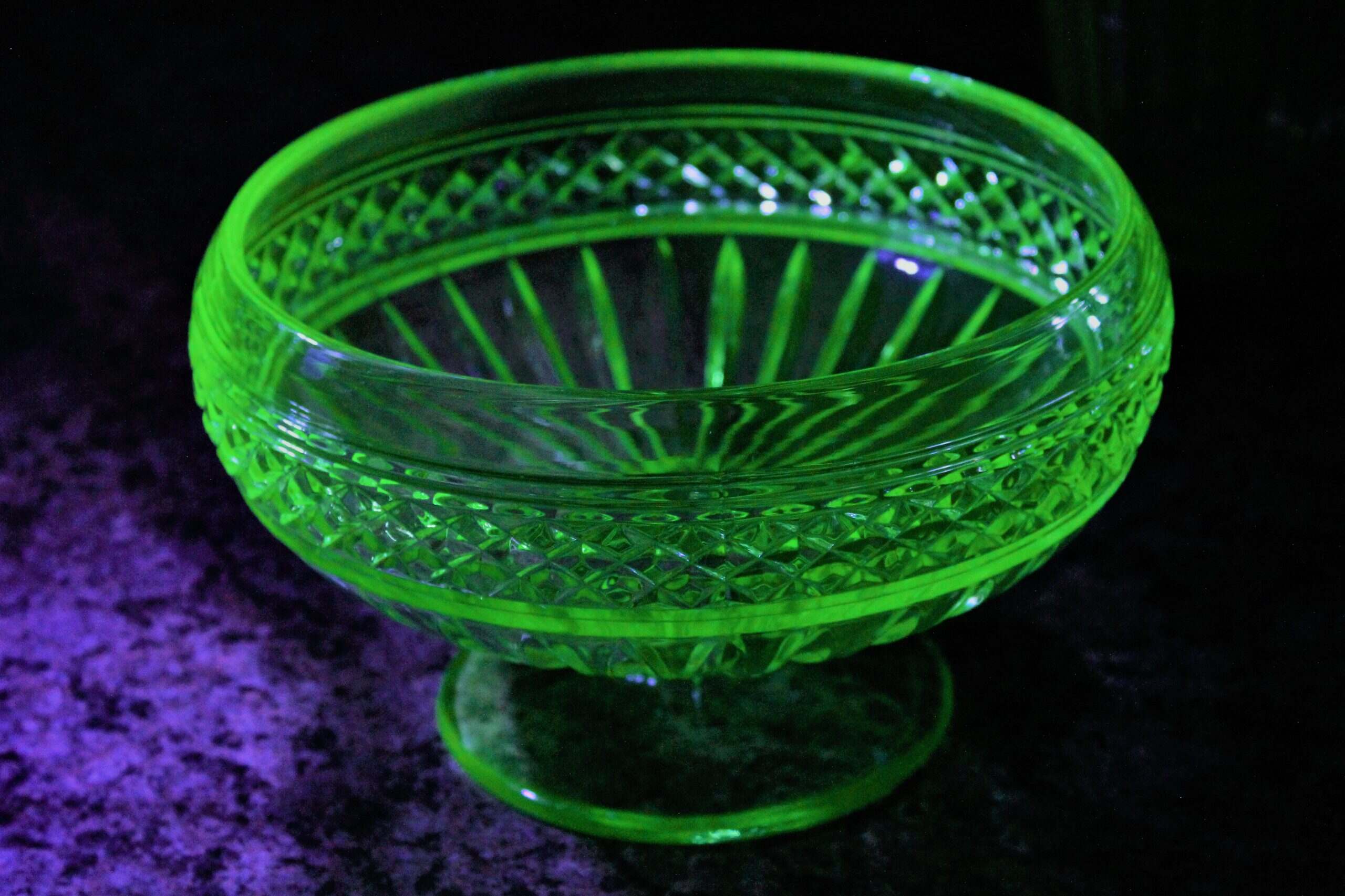
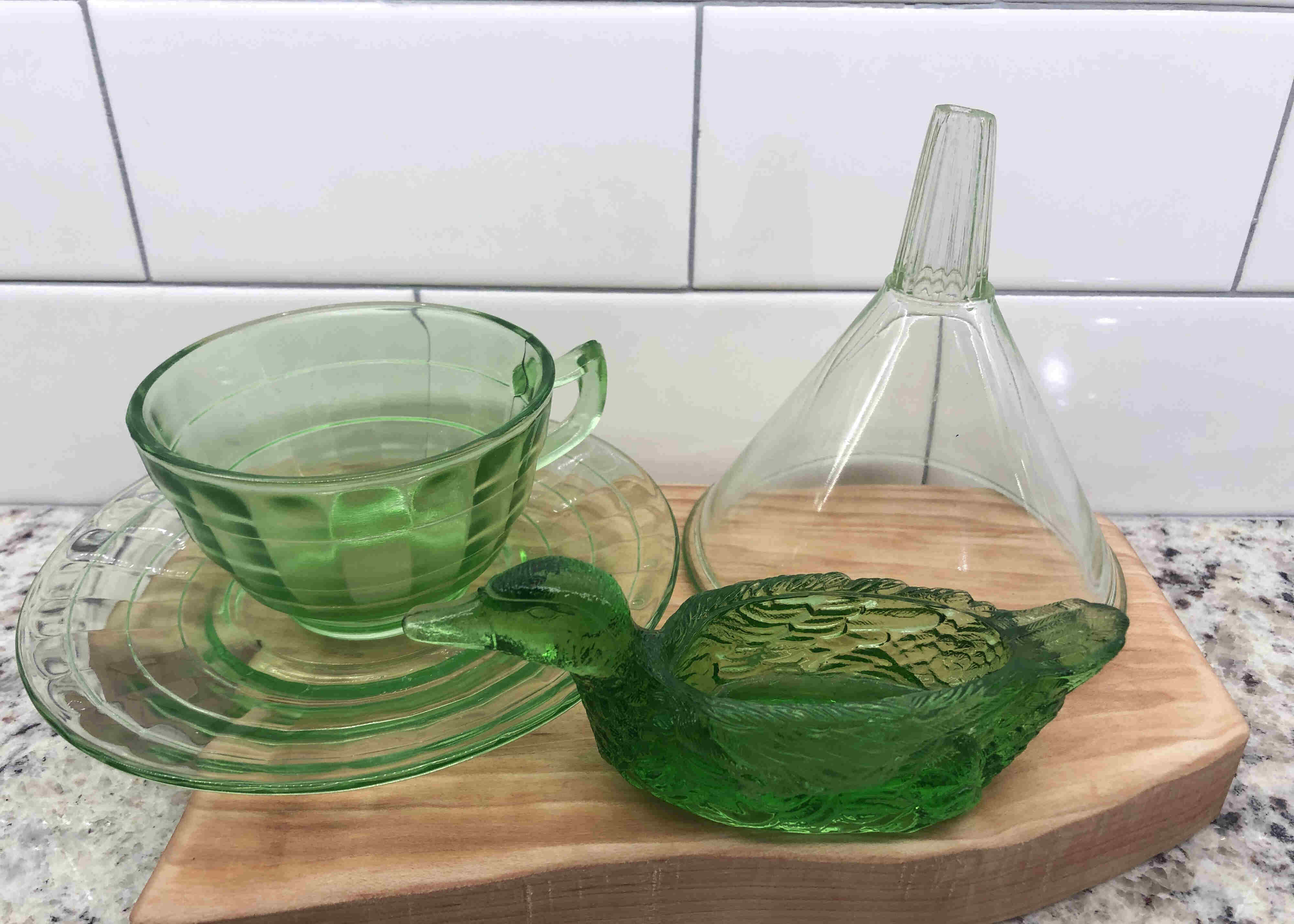
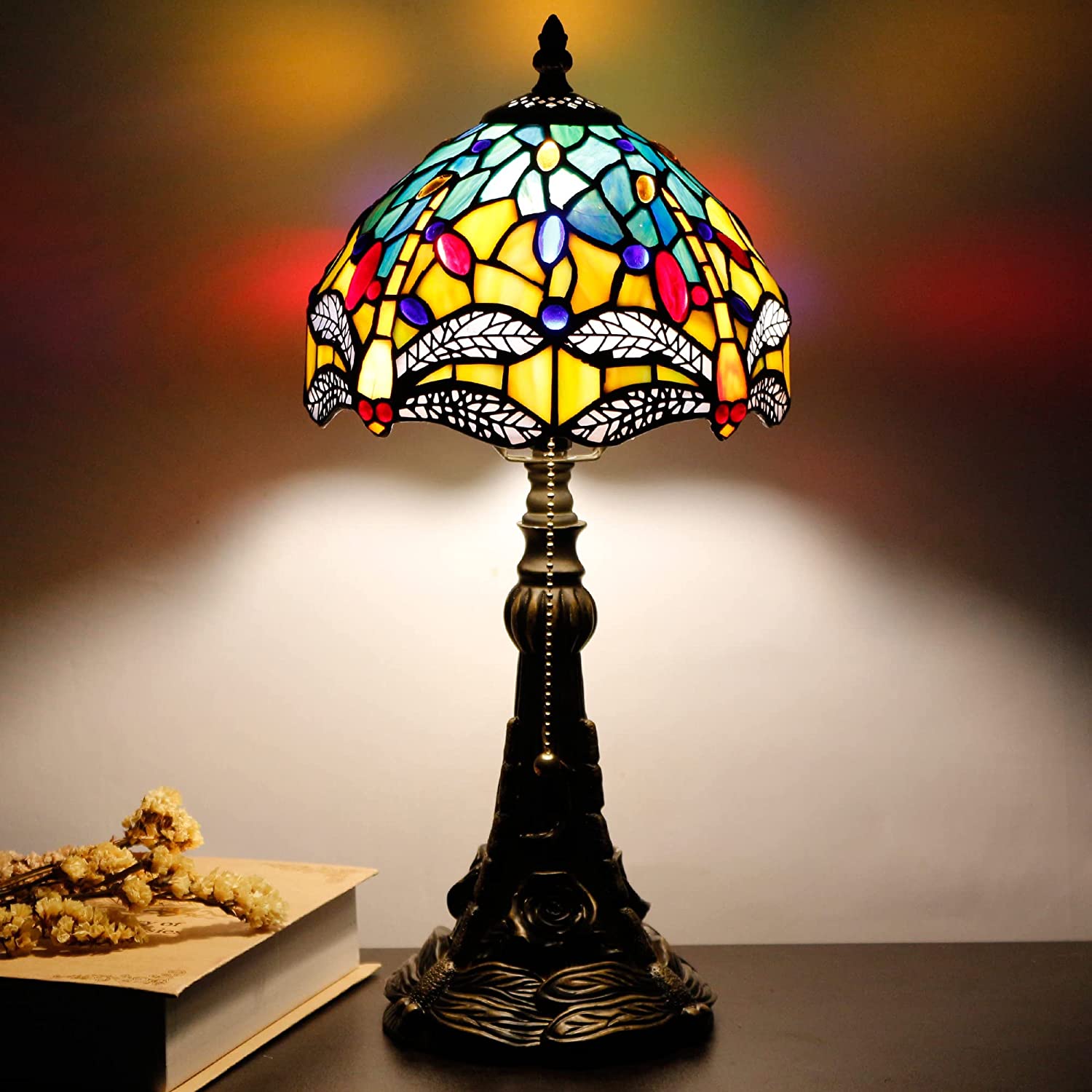
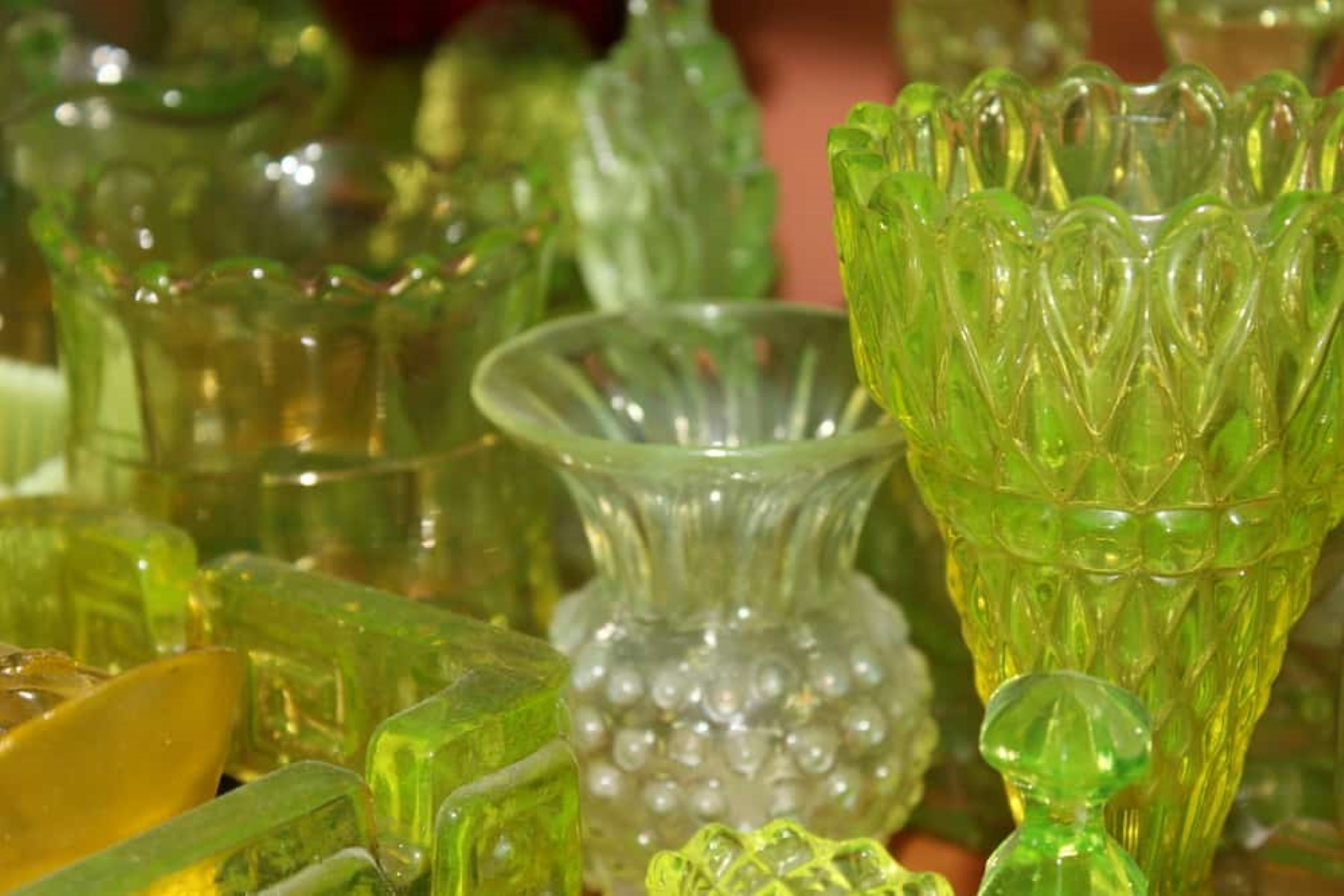
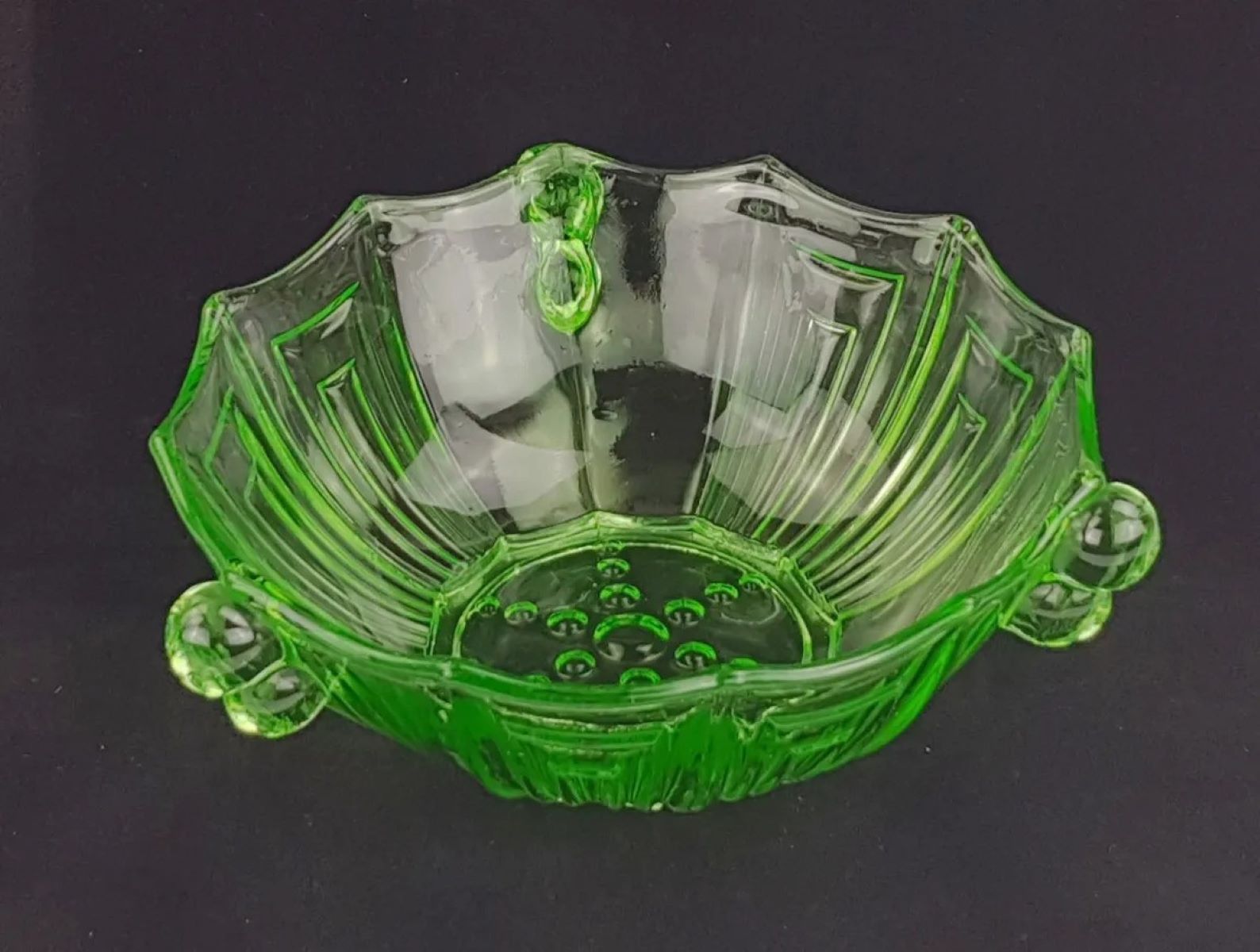
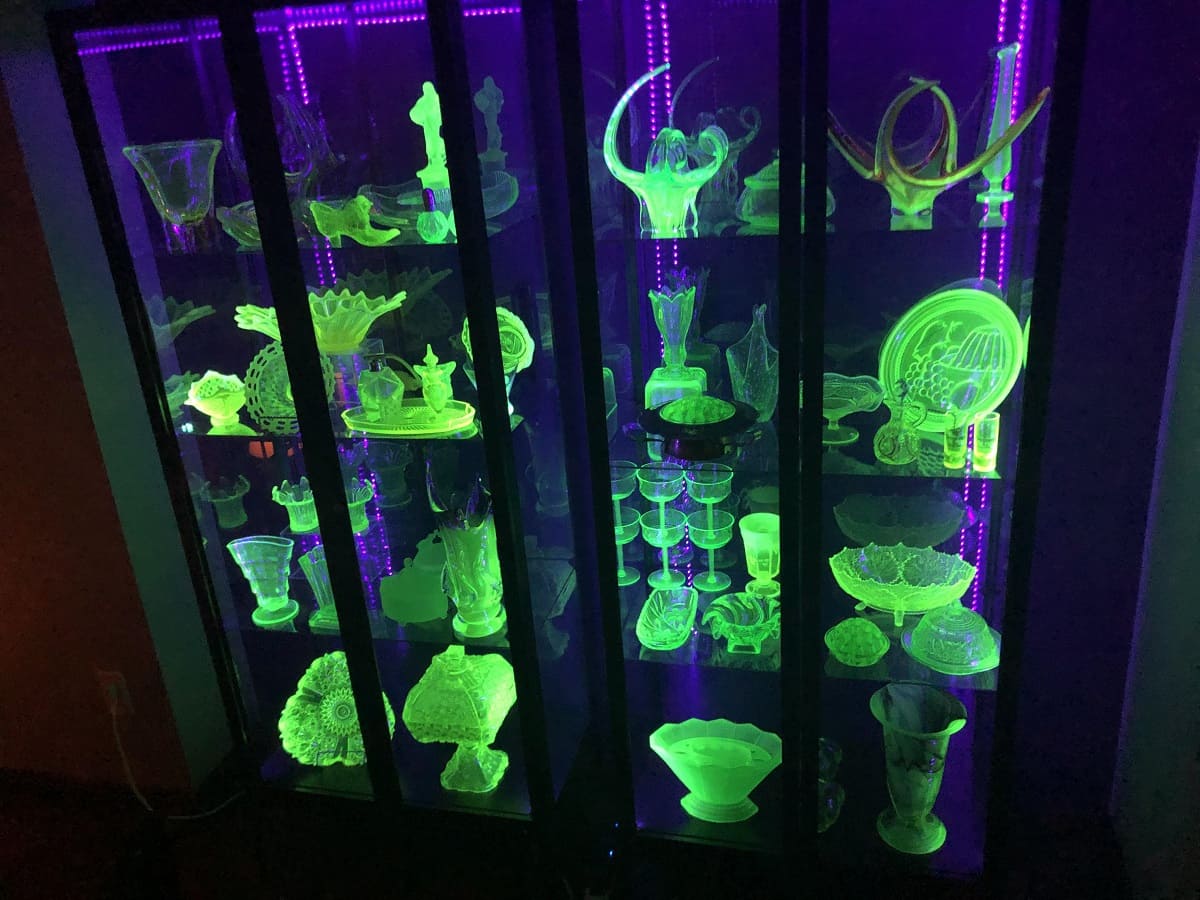
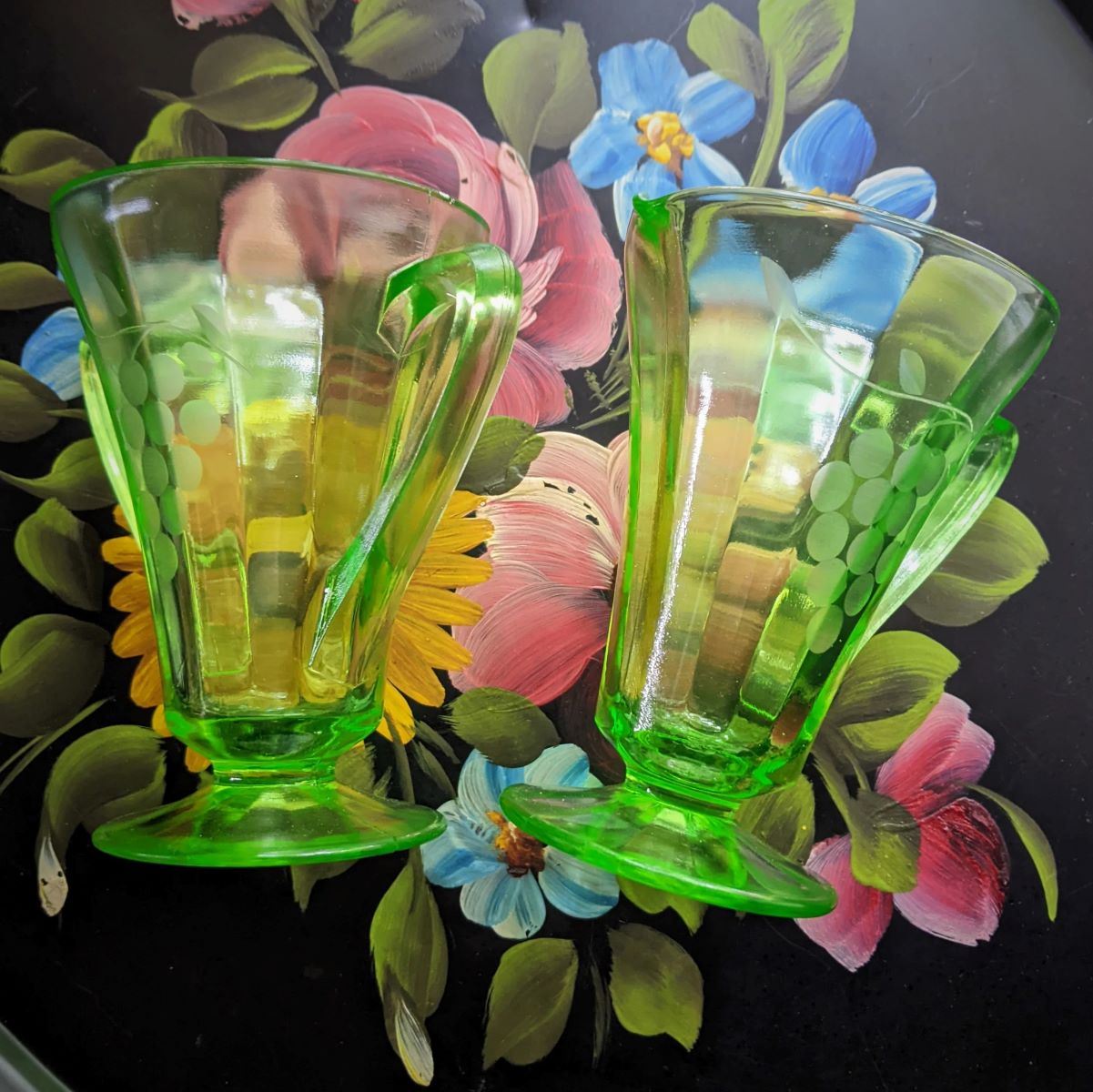
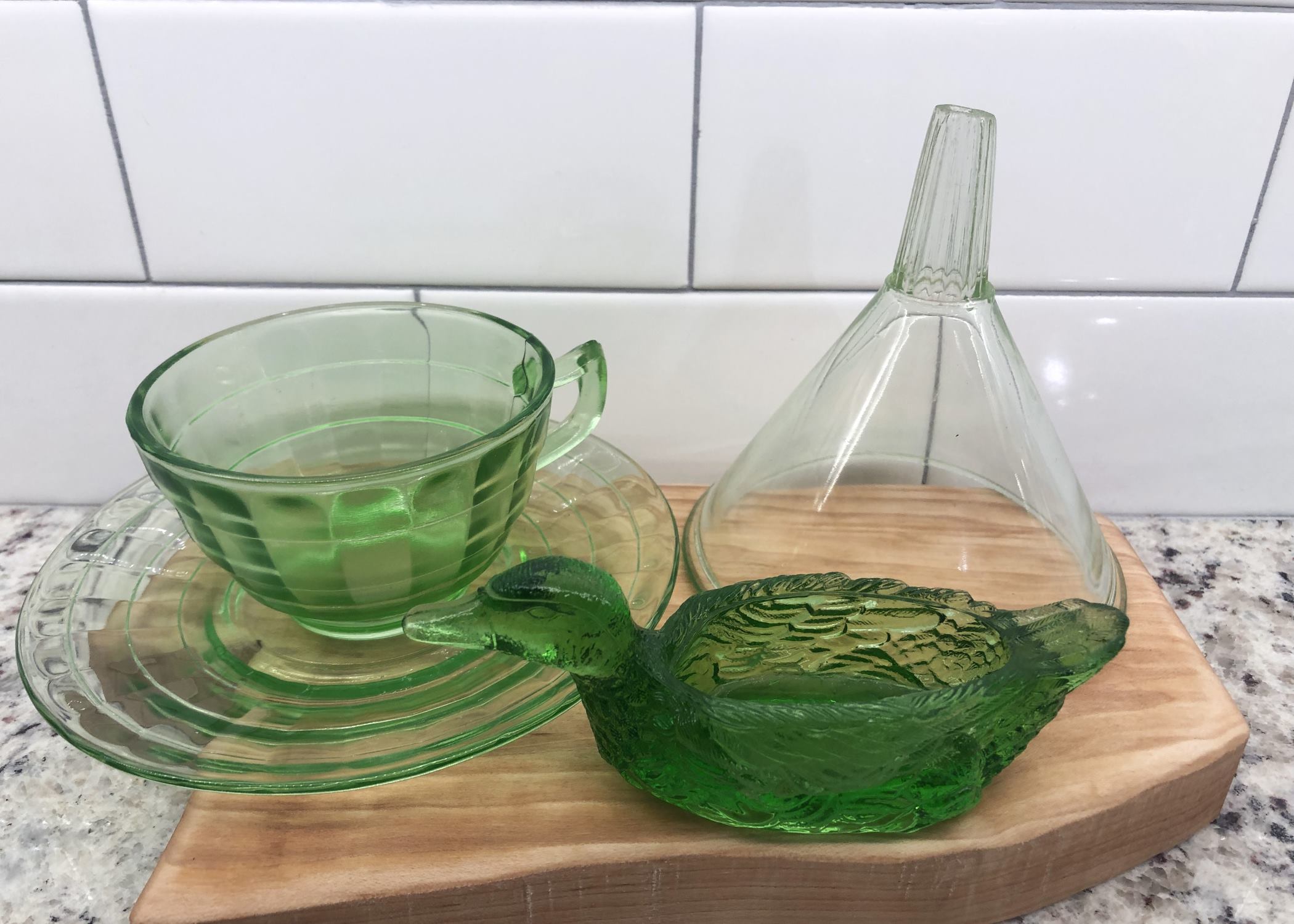
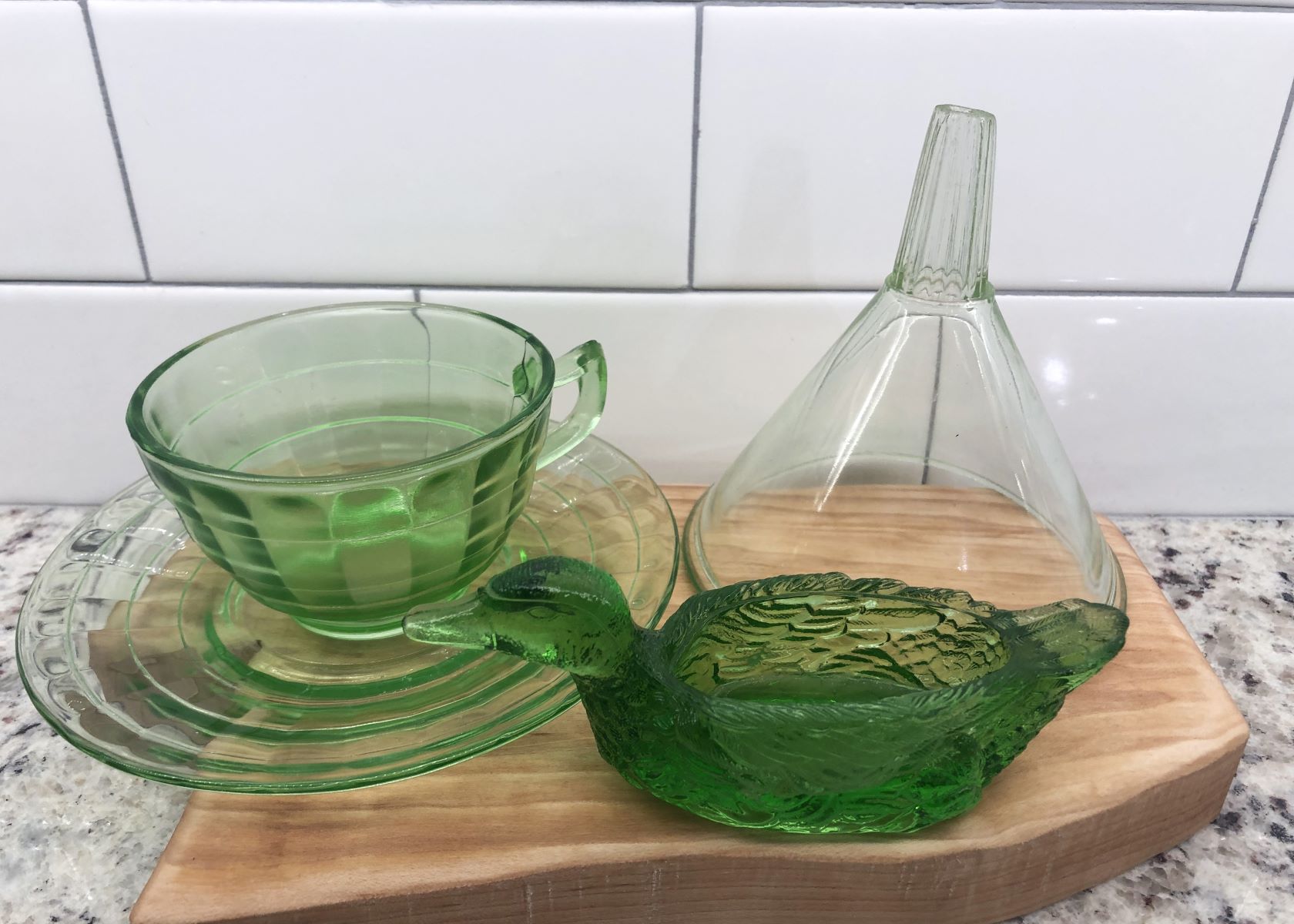
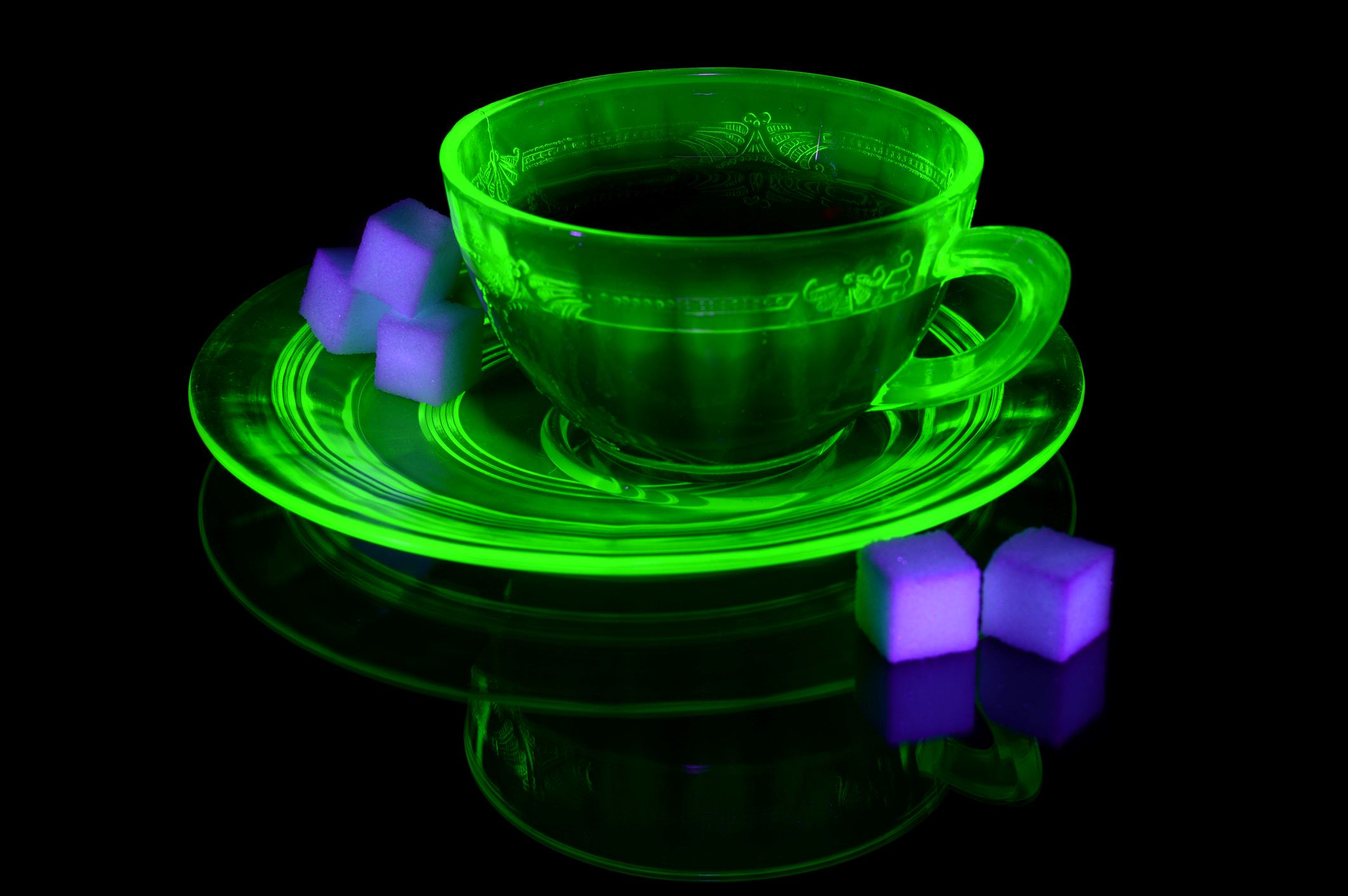
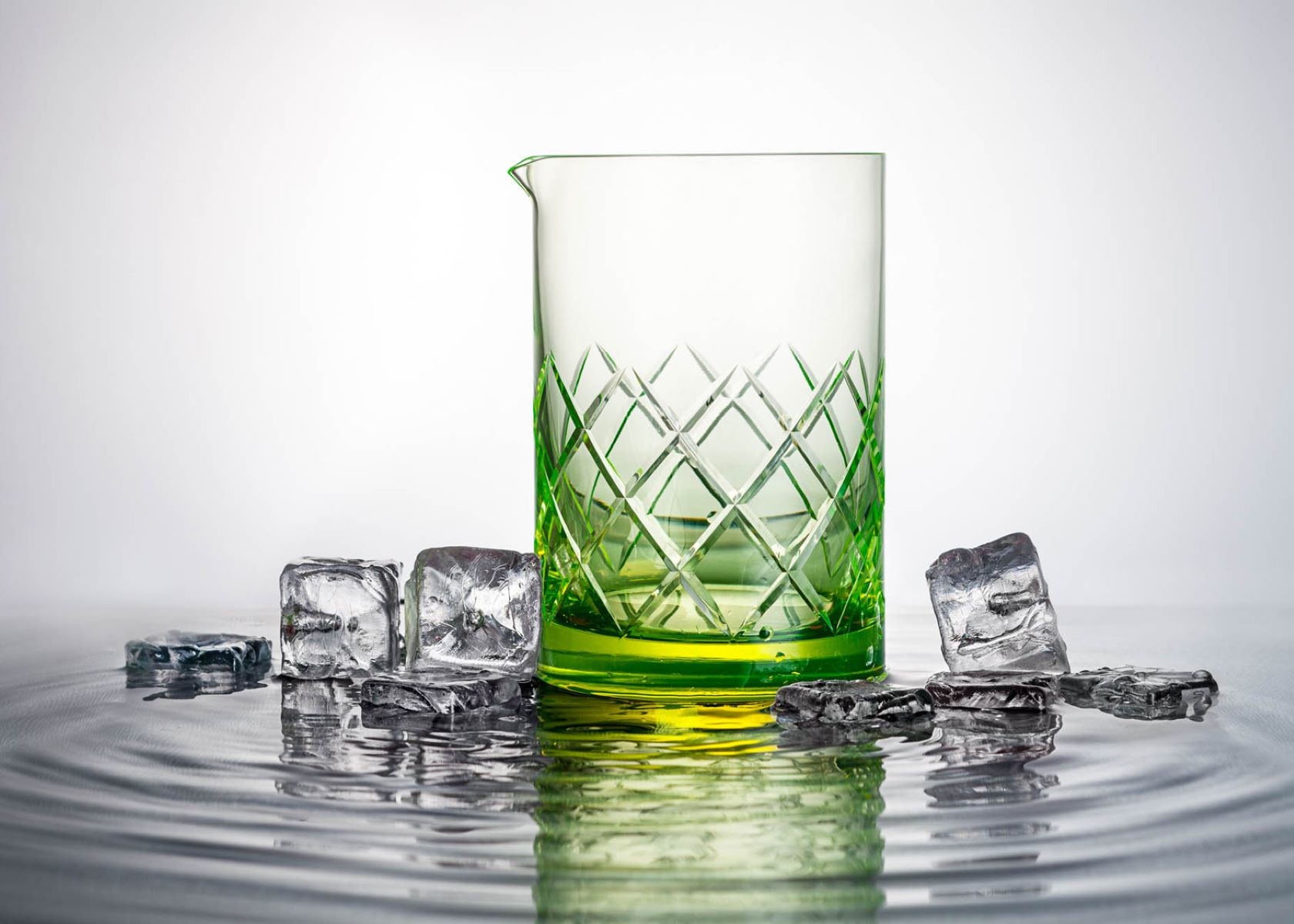
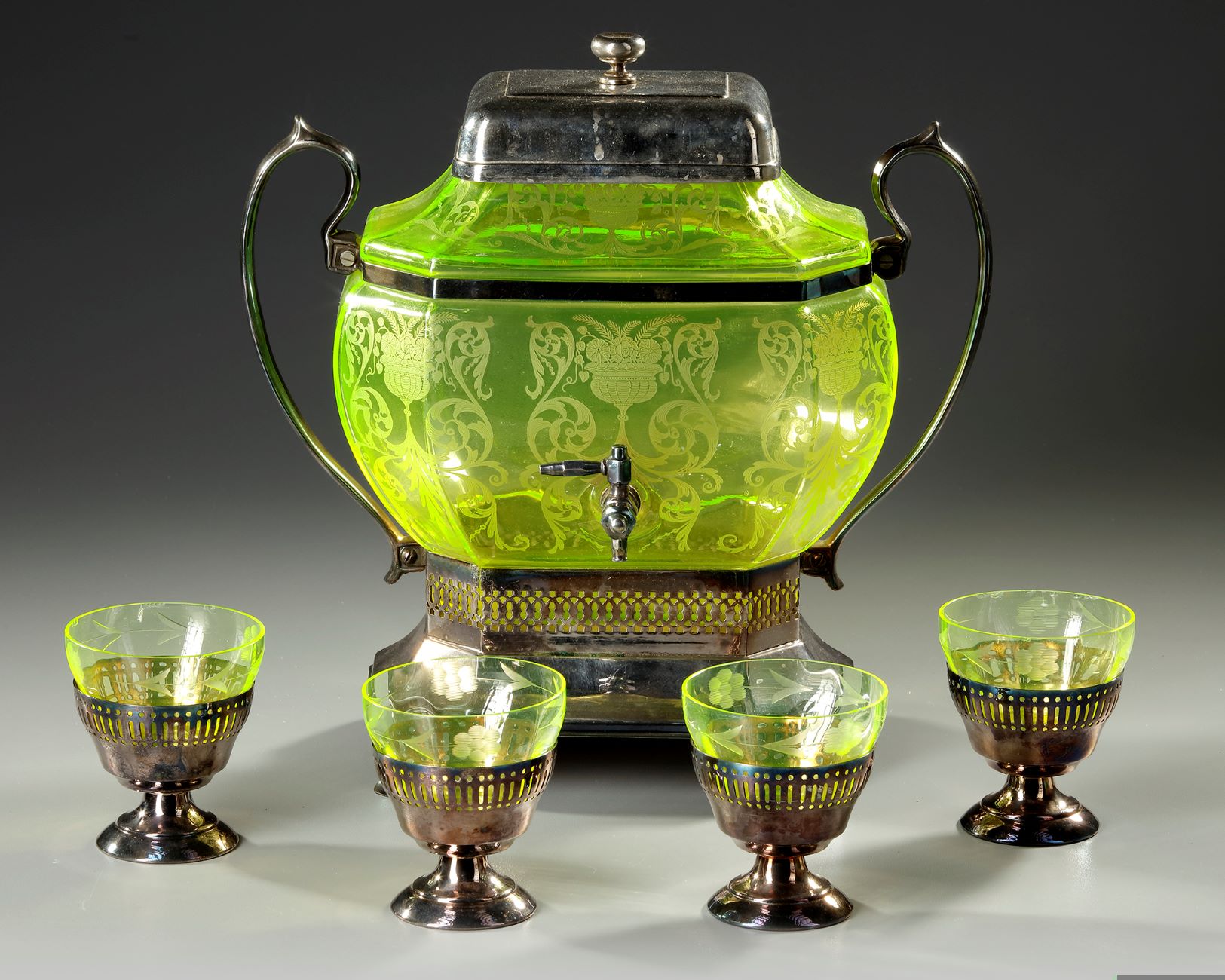
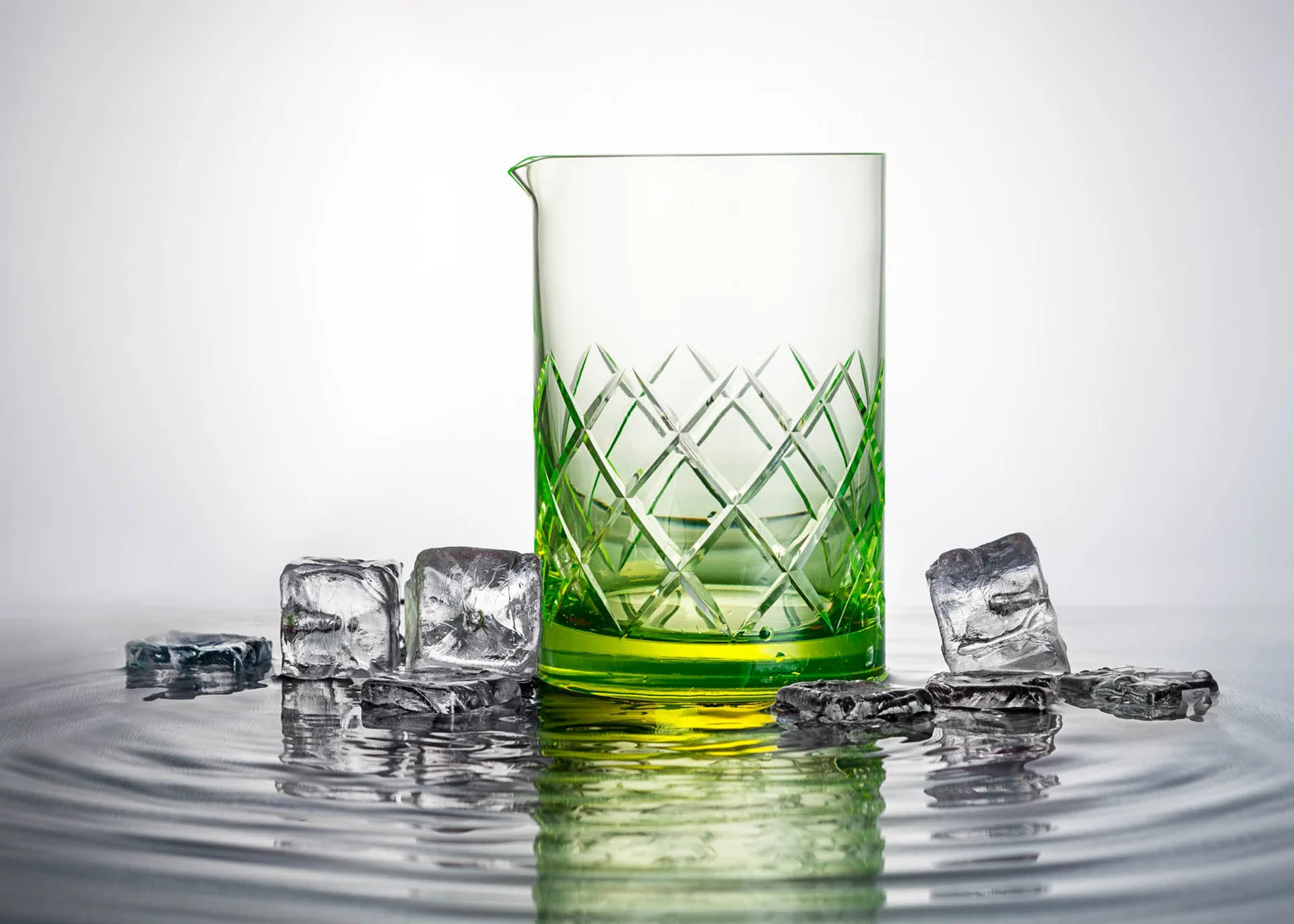
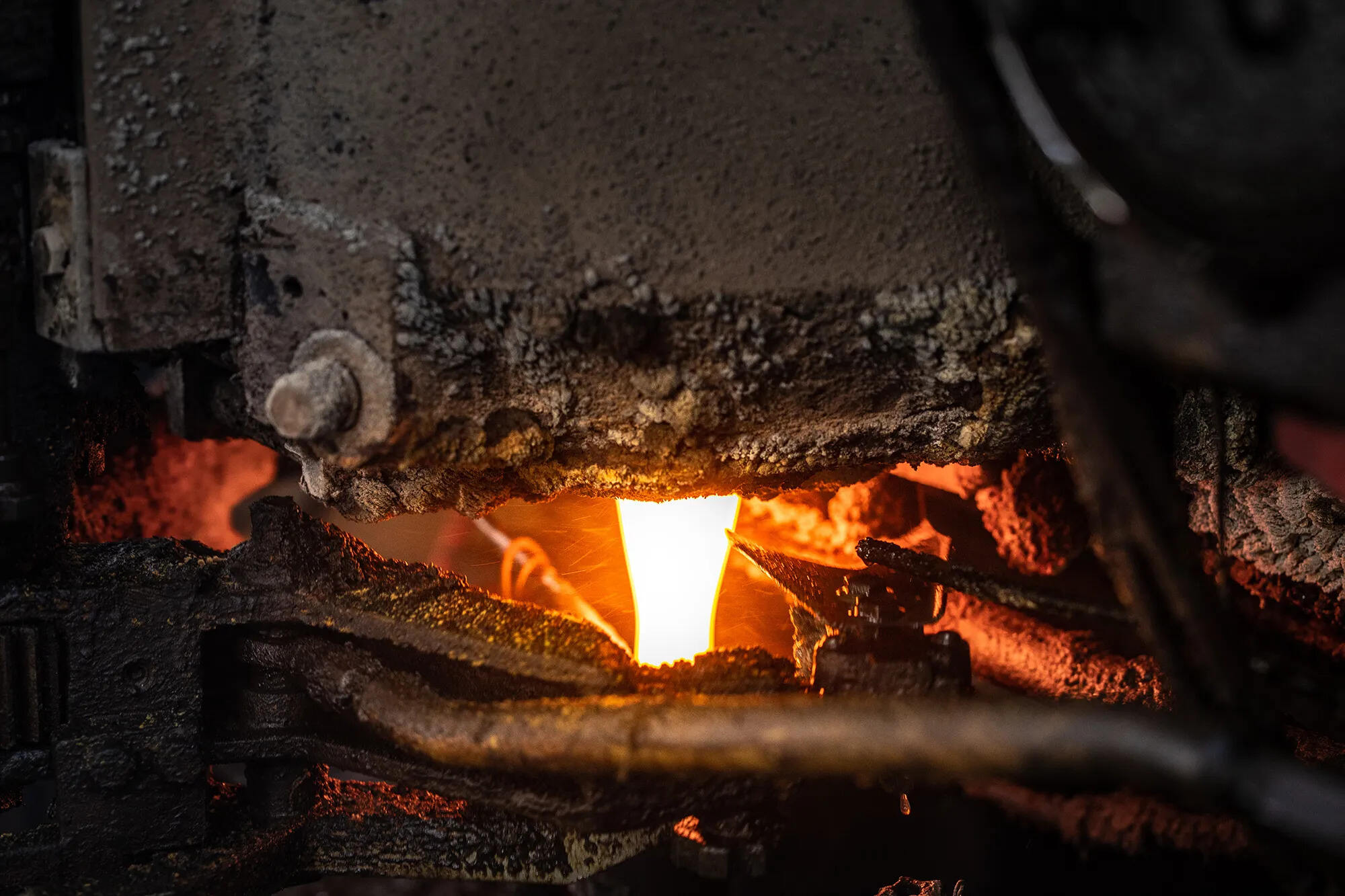
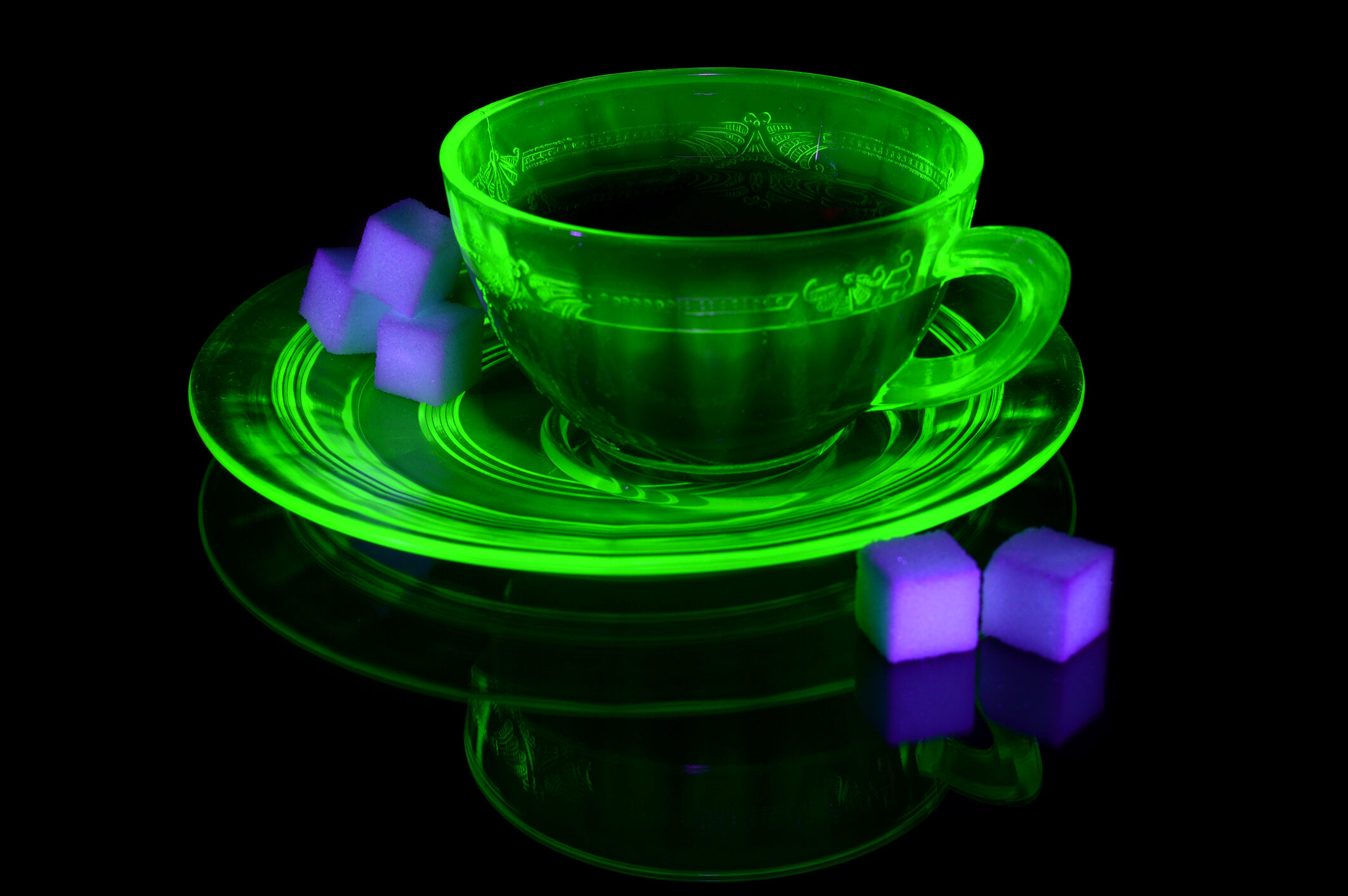

0 thoughts on “How To Tell If It’s Uranium Glass”